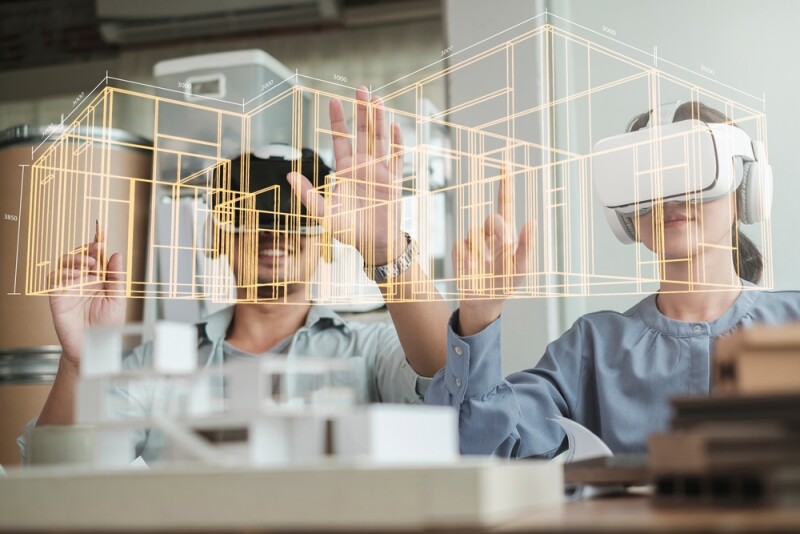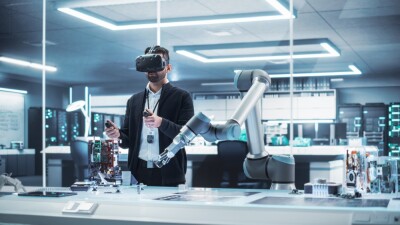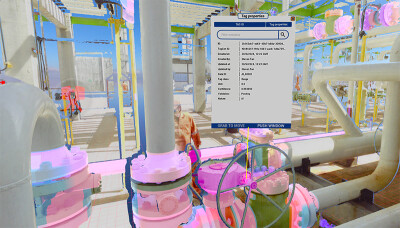Virtual reality has been around in some form for decades, and for at least as long there have been visions of humans spending the majority of their day in virtual worlds. We’re not really close to this coming to fruition, but we are moving more toward VR being a real and significant part of work days, to the surprise of some. With headsets becoming both cheaper and more comfortable, and visualization capabilities allowing for valuable work to be done in these environments, industries including AEC and geospatial are leaning on these technologies for more immersive planning and collaboration.
This is a shift that we have been following at Geo Week News over the last few years. Below, you can find five examples from our coverage of the emergence of virtual reality as a viable part of many workflows.
Cintoo Introduces Cintoo Metaverse, Bringing Reality Mesh Navigation into VR
We start with a recent story talking about a release from Cintoo made just this month with their new Cintoo Metaverse offering. For the article, Geo Week News spoke with Cintoo CEO Dominique Poliquen about the offering, which allows professionals in industries like AEC, manufacturing, and oil & gas to view and interact with their reality meshes in virtual reality. The article covers how the Cintoo team has looked to the gaming industry for inspiration on how to unlock VR for industrial services, and where the industry stands with the idea of an “industrial metaverse,” among other topics.
How Gaming Engines are Fueling Geospatial Workflows
Speaking of the video game industry, one of the big keys of unlocking these VR workflows over the last half-decade or so has been industry’s collaboration with gaming giants like Epic Games and Unity. This article looks at that very collaboration and how it’s being leveraged in the geospatial industry, specifically with products from Esri. The article includes commentary from Esri’s Rex Hansen about the use of virtual reality in geospatial workflows today.
Autodesk unveils Workshop XR for virtual design workflows
Here, we highlight a specific product showing how mixed reality, or XR, is being used by one of the biggest names in the AEC industry. Autodesk unveiled this Workshop XR offering at their annual Autodesk University event last year, bringing the opportunity for design review teams to collaborate in VR around the virtual model. This gets at one of the big themes around VR in the AEC and geospatial industries, which is that today the biggest benefit most firms are seeing for the technology is around enhanced collaboration.
Where are advanced visualization techniques, AR and VR making a difference in AEC?
Last year, Geo Week News put together a report looking at the state of advanced visualization in the AEC industry, including of course the use of virtual reality. The report included insights from five industry experts involved directly in using and advancing the use of these techniques in the industry, and included their viewpoints on where we are today with the technology and where we could be headed. The linked article includes some preview quotes as well as a link to download the entire report for free.
The industrial metaverse takes center stage at CES
At the end of the day, the ultimate destination for the use of virtual reality in enterprise settings is the development of what has come to be known as the “industrial metaverse.” The term “metaverse” has some negative connotation these days given the quick rise and fall of the idea on the commercial and social media side a few years ago, but many are still excited about an interconnected, virtually-accessible industrial metaverse to enhance collaboration in complex work environments and streamline spaces that have long been inefficient. This article looks back at a keynote talk at this year’s CES conference focusing specifically on the industrial metaverse.






